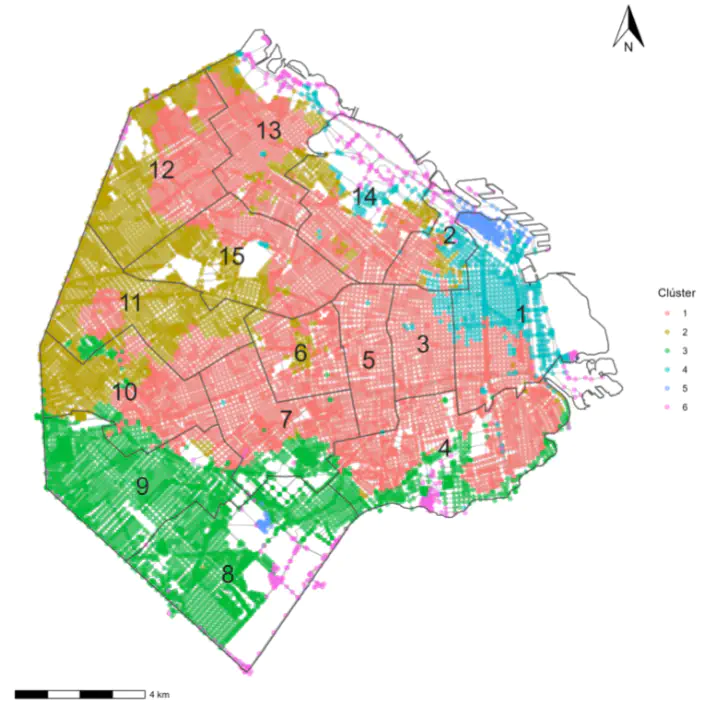Well-being architecture in the City of Buenos Aires
Dialogues with urban inequality

Abstract
The daily life of low-income groups and their insertion in capitalist cities are organized according to a wide range of state interventions. These interventions, articulated in a general system, define well-being architecture, collaborating in developing supportive and egalitarian urban environments. Consequently, the state becomes an important stratification engine and socio-territorial differentiation through infrastructure, services, and equipment provision. Our paper investigates how access to urban resources, in general, and to infrastructures, services, and equipment impact the production of socio-spatial inequalities in the City of Buenos Aires. To this end, we use different sources combined through a quantitative analysis integrating statistical techniques. Likewise, we interview key informants to understand how public resources operate in access to well-being and identify the role of territorial-based social networks. The paper identifies six differentiated spaces in relation to access to welfare, reproducing to a large extent the pattern of pre-existing inequalities. In this scenario, the pandemic produced contradictory effects. On the one hand, it gave greater weight to proximity relationships and led to a rediscovery of the neighborhood environment. On the other hand, by accentuating the weight of these spaces, it accentuated inequalities in access to welfare.